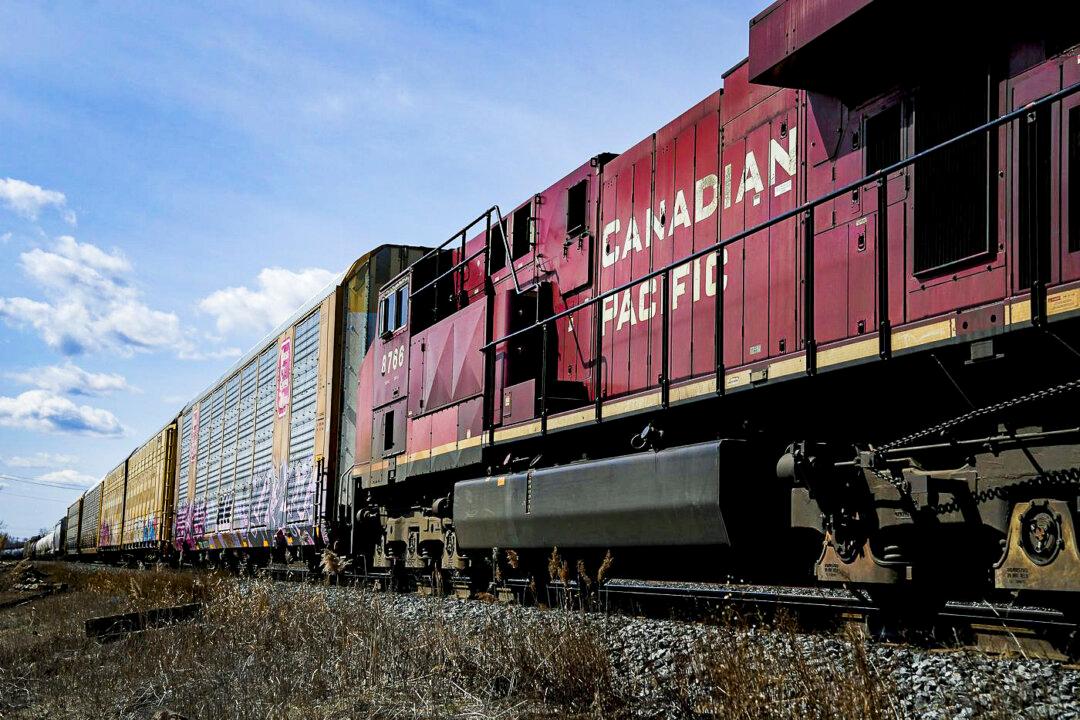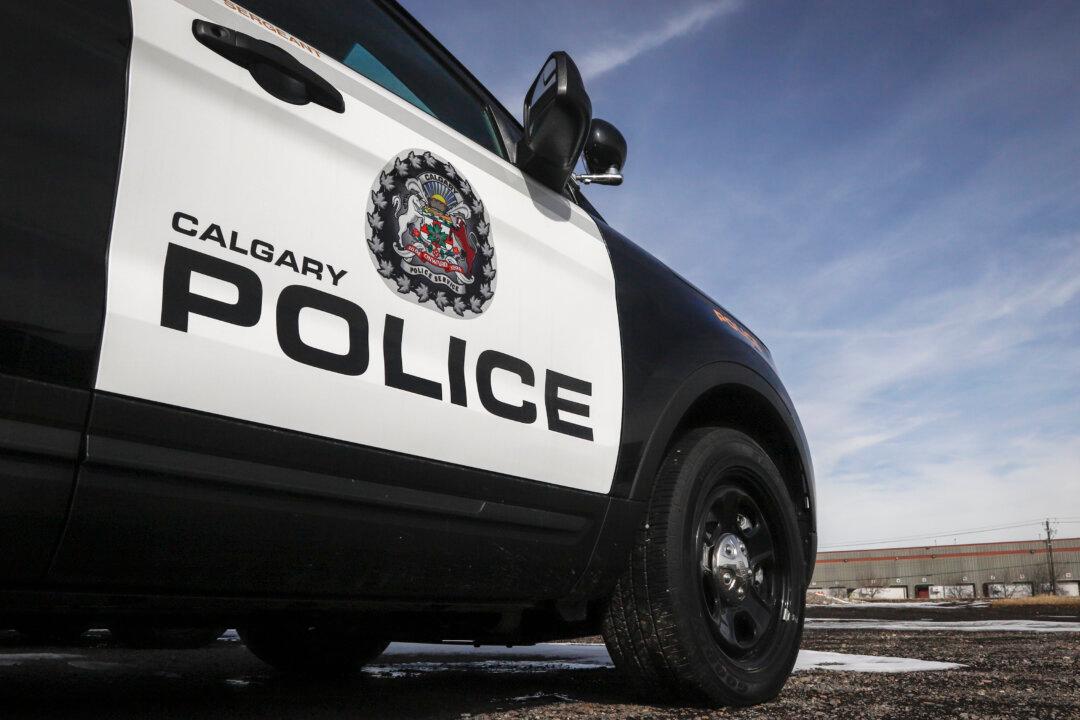Canadian railway inspectors have been handed new powers by Ottawa to deal with security issues in the face of growing incidents of sabotage.
“There has been a disturbing trend of increased levels of security incidents related to Canada’s rail infrastructure in recent years,” Department of Transportation staff wrote in a Regulatory Impact Analysis Statement, as first reported by Blacklock’s Reporter.





